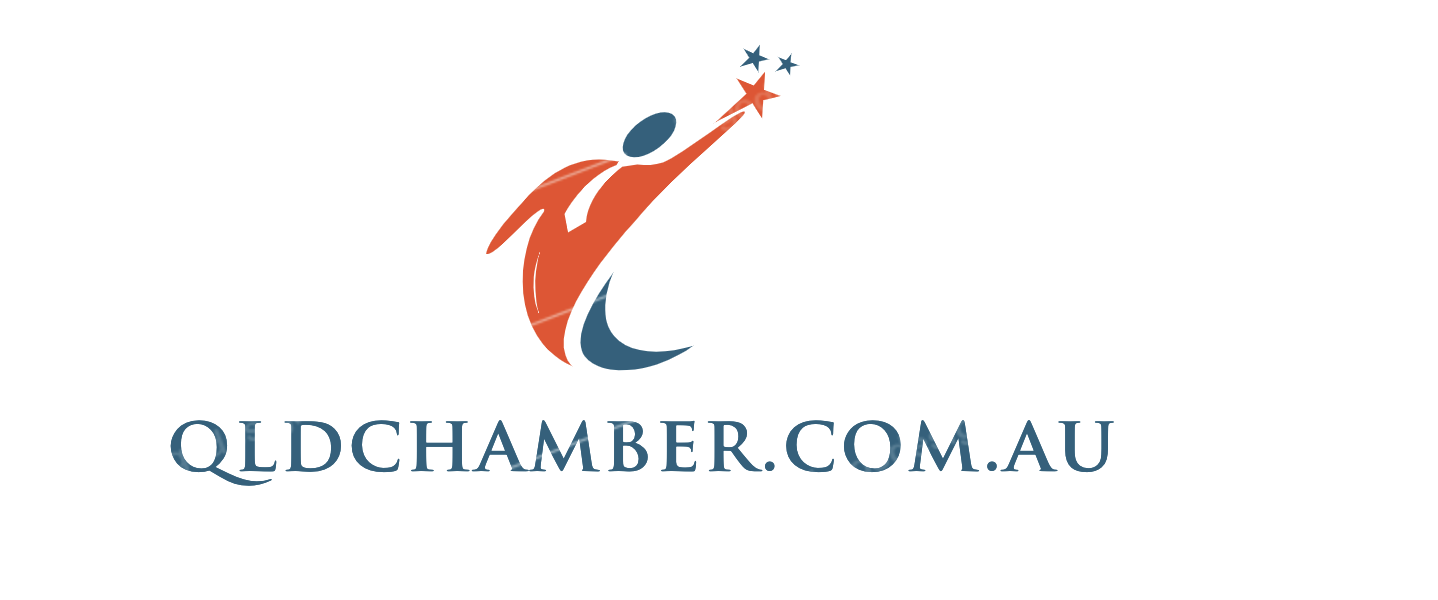Greetings from the world of life insurance, where security and comfort are combined! At first, navigating the life insurance market may seem overwhelming, but don’t worry—we’re here to walk you through the process of selecting the right policy. Whether you’re a novice investigating your options or an experienced practitioner seeking to refresh your memory, this blog post serves as your go-to source for comprehending the fundamentals, investigating various policy kinds, taking important aspects into account when selecting coverage, and learning how to shop wisely. Now let’s get started!
Knowing the Fundamentals of Life Insurance
A life insurance policy serves as a kind of financial safety net, supporting your loved ones in the sad event that you pass away. In essence, an insurance company promises to pay your beneficiaries a certain amount of money (the death benefit) if you pass away in exchange for the premiums you pay. This payment can replace lost income or assist in paying bills, mortgage payments, burial fees, and other expenses.
It’s important to understand that there are two primary categories of life insurance: permanent and term life insurance. ‘life Insurance’ offers lifetime protection with an increasing cash value component, term life insurance only offers coverage for a predetermined amount of time (such as 10 to 30 years).
Knowing how insurers determine premiums based on risk factors including age, health status, lifestyle choices, and occupation is another aspect of grasping the fundamentals. You can choose the kind of life insurance policy that best suits your requirements and financial objectives by understanding these basic life insurance concepts.

Different Kinds of Life Insurance Plans
There are several options available for life insurance policies to accommodate a range of needs and tastes. Because it is simple to use and affordable, term life insurance offers coverage for a predetermined amount of time. Conversely, whole life insurance provides lifetime protection together with an increasing cash value over time.
By permitting flexibility in premium payments and death benefits, universal life insurance combines the advantages of whole life and term insurance policies. Variable life insurance offers more risk along with possible growth because it links the cash value to investment alternatives. Indexed universal life insurance shields against negative risks while offering positive possibilities tied to stock market indices.
Knowing the distinctions between these kinds of policies will enable you to choose wisely depending on your preferences and financial objectives.

Considerations for Selecting a Policy
There are a few key considerations to make while selecting the appropriate life insurance policy. Consider your monetary responsibilities as well as your dependents’ requirements. Are you trying to secure long-term financial stability or are you trying to fund specific expenses?
Next, assess your present state of health and any pre-existing conditions that might affect the availability or cost of specific coverage. Being open and honest about your medical history is crucial when submitting an application for insurance.
Think about how long you require coverage to last. Are you searching for coverage that offers protection for life, or one that will expire after a certain number of years? This choice may also be influenced by your age and stage of life.
Remember to look at your monthly spending and figure out how much you can afford to pay each month for premiums. Find an insurance that offers sufficient coverage and falls within your budget by comparing quotes from several insurers.
Consider any long-term goals or significant life events that can impact your insurance requirements. When choosing a policy that may adjust over time to changing circumstances, flexibility is essential.


